Humanitarian Situation Deteriorates in Northern Gaza
On Tuesday, the United Nations Relief and Works Agency for Palestine Refugees in the Near East (UNRWA) urged for a temporary ceasefire to allow residents to evacuate northern Gaza. Health officials report a severe shortage of medical supplies needed to treat patients injured in the ongoing Israeli offensive, now in its third week.
Philippe Lazzarini, the Commissioner-General of UNRWA, described the humanitarian situation as “horrific,” highlighting that bodies lay abandoned on the streets or buried under rubble. He emphasized the despair felt by residents, stating, “People in northern Gaza are waiting for death… They feel abandoned, hopeless, and isolated.”
Call for a Humanitarian Corridor
Lazzarini called for an immediate ceasefire, even if only for a few hours. He stressed the need for a safe humanitarian corridor for families wishing to leave the conflict zone and reach safer areas. His plea coincided with the arrival of U.S. Secretary of State Antony Blinken in Israel, where he seeks ways to revive ceasefire negotiations in Gaza following the death of Yahya Sinwar, the head of Hamas’s political bureau, about a week ago.
The U.S. has urged Israel to permit more humanitarian supplies into northern Gaza. While Israeli officials maintain that they allow dozens of aid trucks to enter, Palestinian health authorities claim they have not received any assistance.
Israeli Claims on Humanitarian Aid
On Tuesday, the Israeli military’s Coordinator of Government Activities in the Territories reported that 237 trucks loaded with humanitarian aid, including food, water, medical supplies, and shelter equipment, have been delivered to northern Gaza over the past eight days. The military stated that these supplies underwent thorough security checks before entering the region. They affirmed, “Israel will continue to operate in accordance with international law to facilitate and ease the humanitarian response in Gaza.”
However, health officials announced that Israeli forces have killed over 20 individuals. They reported that the bodies of many victims remain scattered on roads and under debris, with rescue teams unable to access them due to ongoing airstrikes. Munir al-Borsh, the Director-General of the Gaza Ministry of Health, currently in northern Gaza, lamented, “Many injured individuals died before our eyes, and we could not assist them.” He added, “We lack shrouds for the deceased and have urged families to donate ordinary fabric.”
Concerns Over Evacuations
The Israeli military, which launched an offensive against Hamas fighters in the neighboring Jabalia area this month, claims it conducts evacuations via designated routes and has identified numerous militants among civilians heading south. Israeli drones have flown overhead, urging Palestinians to evacuate areas surrounding the town of Beit Lahiya, where the assault began earlier this month.
Many Palestinians fear that the evacuation of northern towns forms part of an Israeli strategy to depopulate the area, creating a buffer zone that would enable Israel to control Gaza post-conflict. The military denies that the evacuations are part of any broader plan, asserting that they aim to separate civilians from Hamas fighters.
Infrastructure Damage and Health Crisis
The Israeli military reported the destruction of tunnels and other infrastructure in Beit Lahiya. Local residents noted that the fighting appears limited to hit-and-run attacks by small groups of Hamas fighters. One Palestinian in the area commented via WhatsApp, “This is not real fighting or a fair match.” Both Hamas and Islamic Jihad’s armed wings claimed to have attacked Israeli forces with anti-tank missiles and mortars.
UN Reports on Gaza’s Declining Quality of Life
On Tuesday, the United Nations Development Program reported that the war in Gaza has devastated the Palestinian economy, reducing it by 35% compared to the pre-invasion period. The program indicated that quality of life indicators, such as health and education, have regressed by 70 years to levels seen in the 1950s.
In northern Gaza, residents reported that Israeli forces have besieged hospitals, schools, and other shelters housing displaced families, ordering them to evacuate southward. They also reported the detention of dozens of men. Footage obtained by Reuters showed many residents fleeing their homes with limited belongings.
Hossam Abu Safiya, the director of Kamal Adwan Hospital, stated that medical services have completely collapsed. He remarked, “We have no blood units or chest drainage tubes, and most medical supplies are unavailable.” He added, “People near the hospital were told to leave, and those evacuated were shot at along the way… the situation is beyond catastrophic.”
Casualties and Ongoing Violence
Latest figures from the Gaza Ministry of Health indicate that the death toll from the Israeli campaign in the region has approached 43,000. Gaza remains in ruins, with most of its 2.3 million residents displaced, many seeking refuge in temporary shelters.
The Israeli campaign began following an attack by Hamas-led militants in October 2023, which targeted residential areas near Gaza, resulting in approximately 1,200 deaths and the abduction of 251 hostages in Gaza, according to Israeli statistics.
This ongoing conflict continues to raise alarms over the humanitarian crisis in Gaza, as calls for immediate action grow louder.
To follow the news in Arabic
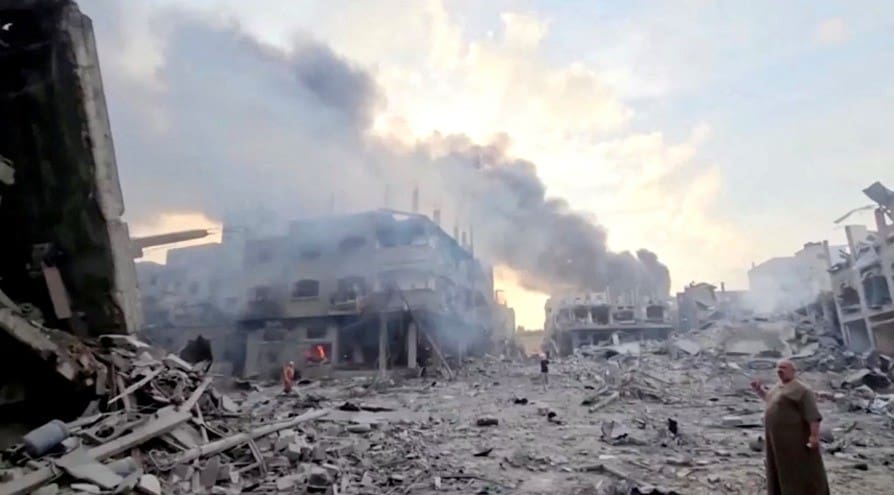
 The Arab Parliament urges international and regional parliaments to halt Israeli efforts to dismantle UNRWA.
The Arab Parliament urges international and regional parliaments to halt Israeli efforts to dismantle UNRWA.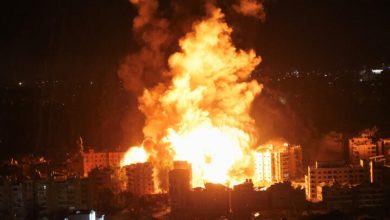 Lebanon: Israeli airstrikes death toll rises to 3,117, with 13,888 injured, amid ongoing conflict.
Lebanon: Israeli airstrikes death toll rises to 3,117, with 13,888 injured, amid ongoing conflict.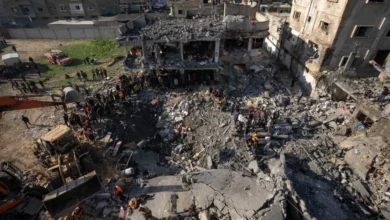 Dozens of martyrs reported due to Israeli airstrikes on Gaza.
Dozens of martyrs reported due to Israeli airstrikes on Gaza.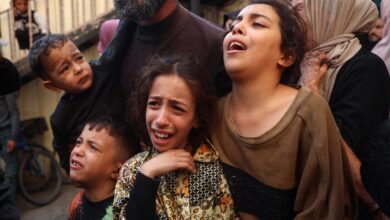 Palestinian presidency: Israel’s severing ties with UNRWA aims to eliminate the Palestinian refugee issue.
Palestinian presidency: Israel’s severing ties with UNRWA aims to eliminate the Palestinian refugee issue.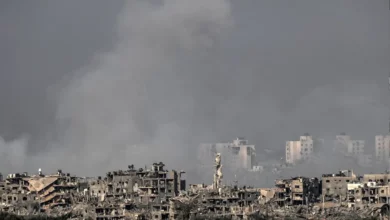 Casualties reported as Israeli forces shell a house in the Tal al-Hawa neighborhood of Gaza City.
Casualties reported as Israeli forces shell a house in the Tal al-Hawa neighborhood of Gaza City.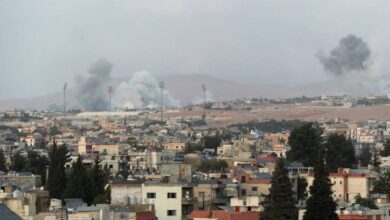 Lebanon: Israeli airstrikes raise the death toll to 2,968, with 13,319 injured.
Lebanon: Israeli airstrikes raise the death toll to 2,968, with 13,319 injured.